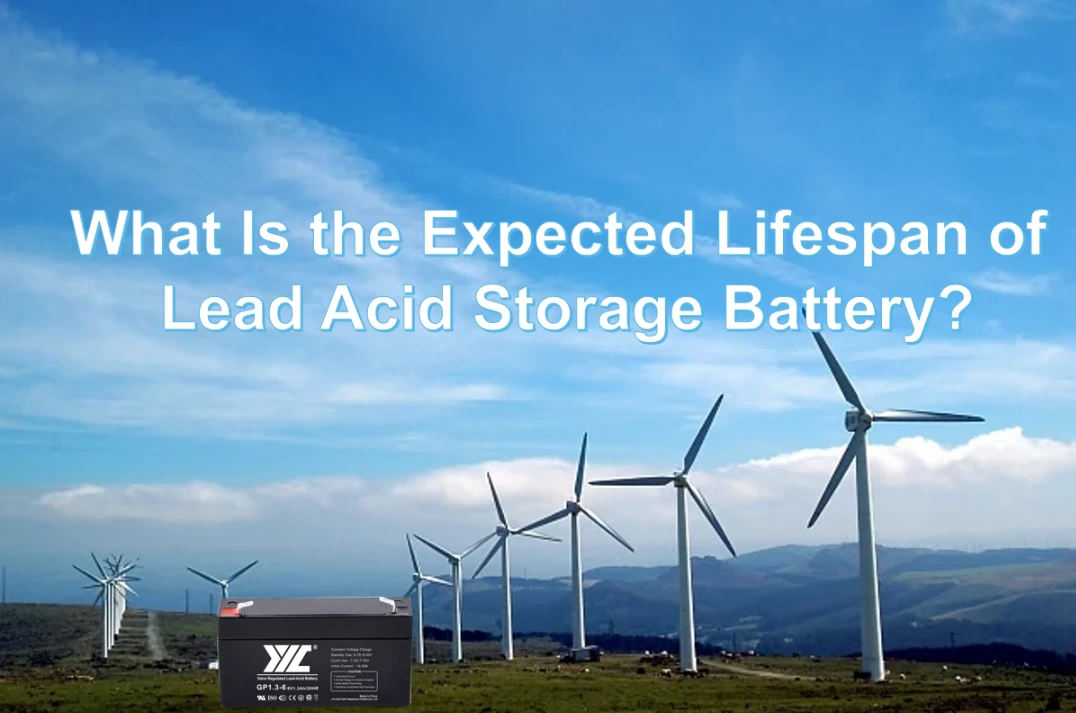
The lead acid storage battery is a commonly used type of rechargeable battery, widely employed in applications such as automobiles, UPS power systems, and solar systems. They are known for their cost-effectiveness, strong reliability, and moderate energy density. However, the lifespan of lead-acid batteries is influenced by various factors, including operating conditions, maintenance, and charging methods. Therefore, accurately predicting the lifespan of lead-acid batteries poses a challenge.
In general, the lifespan of lead-acid batteries is typically measured in terms of the number of charge-discharge cycles. A charge-discharge cycle refers to the complete process of the battery going from full charge to discharge and back to full charge. The lifespan of lead-acid batteries depends on their design and manufacturing quality, as well as usage and maintenance conditions. As a rough estimate, under ideal usage conditions, the expected lifespan of lead-acid batteries typically falls between 200 and 500 charge-discharge cycles. However, this is only a rough estimate, and the actual lifespan may vary due to multiple factors. Here are some factors that can potentially influence the lifespan of lead-acid batteries:
-
- Charging method: The correct charging method is crucial for the lifespan of lead-acid batteries. Appropriate charging voltage and current can reduce stress and corrosion within the battery, extending its lifespan.
- Temperature: High temperatures accelerate internal chemical reactions and corrosion, leading to a shortened battery lifespan. Therefore, maintaining an appropriate operating temperature range can extend the lifespan of lead-acid batteries.
- Usage conditions: Poor usage conditions such as frequent deep discharges or overcharging, prolonged periods of non-use, and excessive current draw can damage lead-acid batteries and shorten their lifespan.
- Maintenance: Regularly checking the electrolyte level, cleaning terminals, and performing dehydrating treatments can prolong the lifespan of lead-acid batteries.
- Storage conditions: If lead-acid batteries need to be stored for extended periods, they should be kept in a dry, cool, and well-ventilated area and periodically charged to maintain their activity.
- It’s important to note that the above factors provide general guidance, and the actual lifespan may vary depending on specific applications and usage conditions. Additionally, advancements in technology may improve the lifespan of lead-acid batteries. Therefore, when assessing the lifespan of lead-acid batteries, it is advisable to refer to the specific specifications and usage recommendations provided by the manufacturer.
JYC Battery is a battery manufacturer integrating battery research and development, production, sales and service, with more than 20 years of manufacturing experience. In recent years, it has introduced punching technology and is the first battery manufacturer to apply this technology to energy storage batteries. This technology not only prolongs the cycle life of lead acid storage battery but also has stable battery performance.



